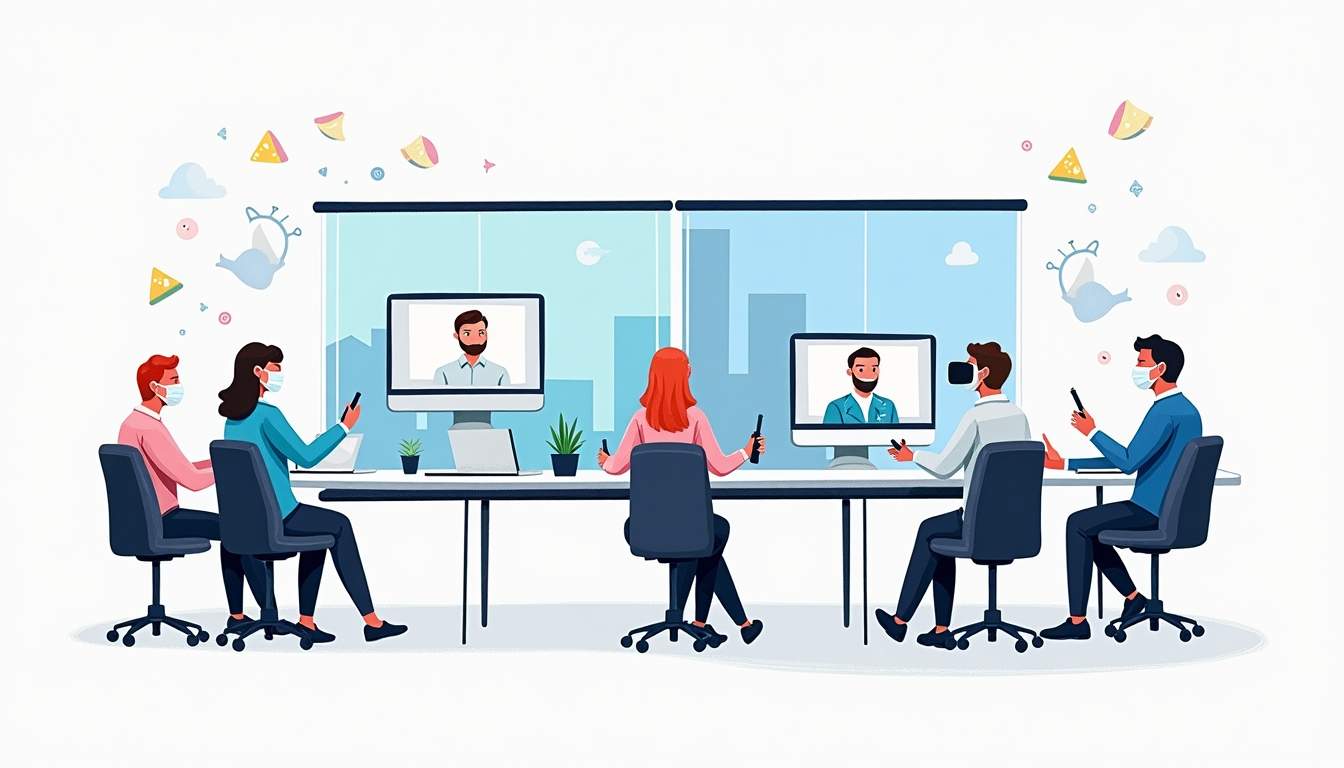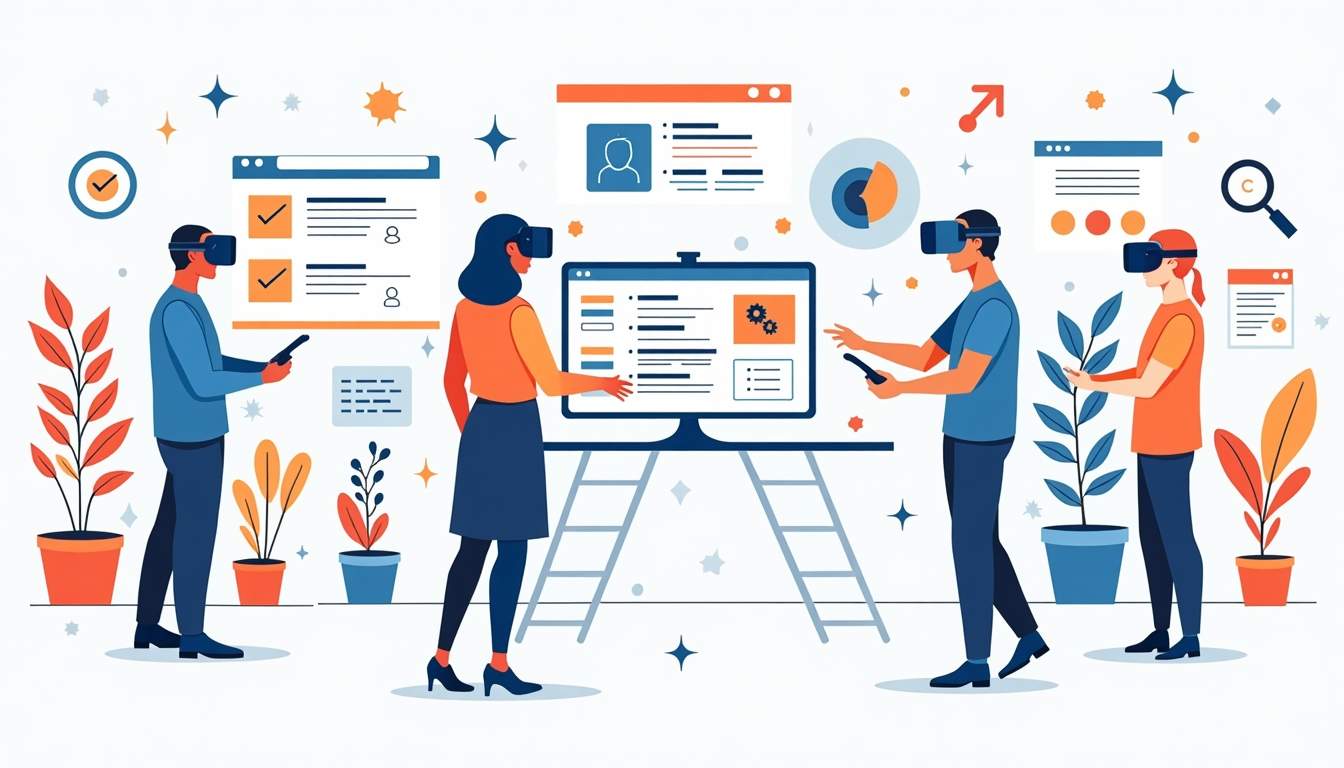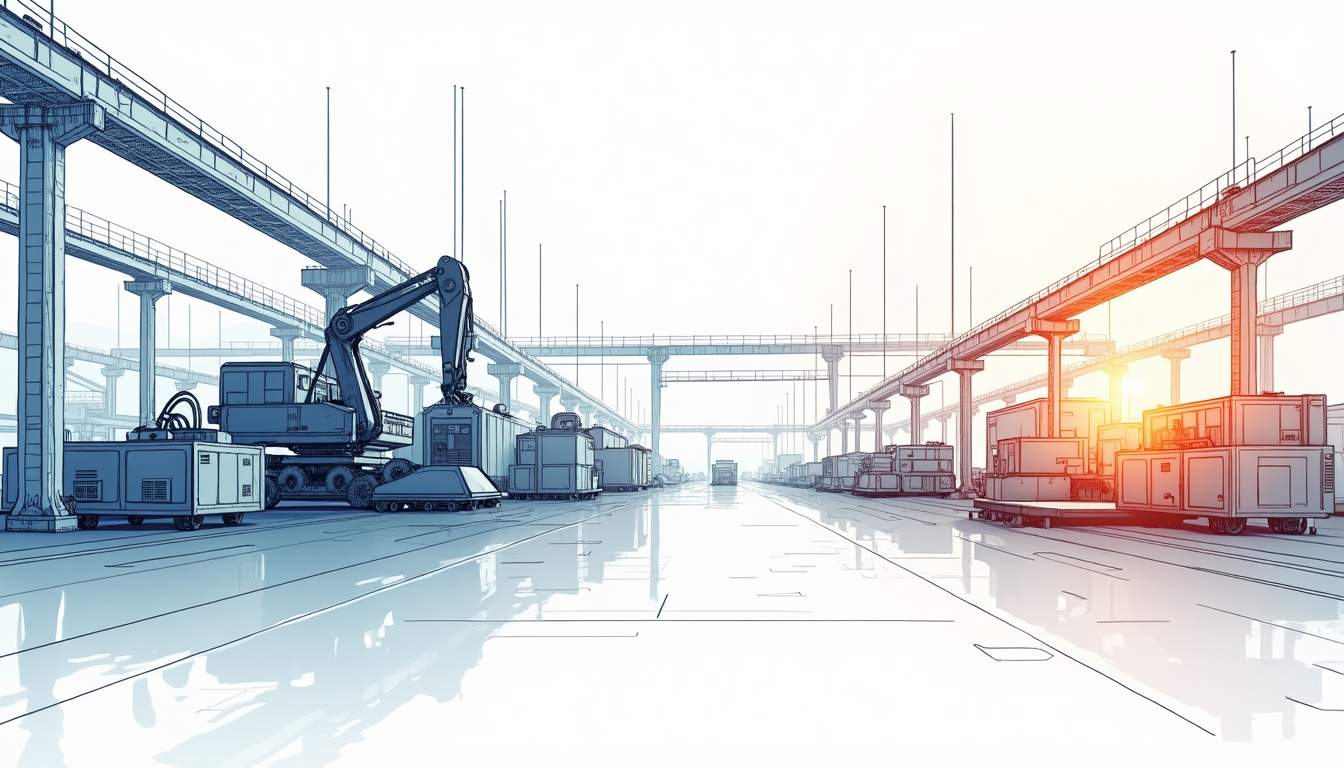Virtual Reality (VR) is transforming the manufacturing industry by reshaping how training is delivered, making it more immersive, efficient, and cost-effective. With the global VR training market projected to reach $6.3 billion by 2026, it’s clear that manufacturers are embracing this technology to improve workforce skills and safety. From reducing travel expenses to enhancing safety protocols, VR is proving to be a game-changer in manufacturing training.
1. Immersive Safety Training to Reduce Workplace Hazards
One of the most critical applications of VR in manufacturing is safety training. Traditional safety training methods often struggle to simulate real-life hazards effectively, leaving workers less prepared for emergencies. VR training, on the other hand, provides immersive, interactive simulations that replicate dangerous scenarios without any risk to the trainee.
Studies show that VR training can reduce safety hazards by 43% compared to conventional training methods. This significant improvement is because VR allows workers to practice emergency responses and hazard recognition in a controlled environment. For example, VR-based safety training for industrial hazards has demonstrated high user satisfaction and increased confidence in handling emergencies, proving its effectiveness in real-world applications.
Manufacturers leveraging VR safety training can expect not only improved safety outcomes but also a reduction in costly workplace accidents. This aligns perfectly with our mission to enhance safety and streamline training in manufacturing and energy sectors.
Moreover, the adaptability of VR training programs allows for customization based on specific industries and job roles. For instance, a construction worker may face different hazards compared to someone in a chemical manufacturing plant. By tailoring the VR experience to reflect the unique challenges of each environment, companies can ensure that their employees are not only aware of potential risks but are also well-practiced in navigating them. This level of personalization not only enhances the training experience but also fosters a culture of safety within the organization.
In addition to immediate safety benefits, VR training can also contribute to long-term behavioral changes among employees. Engaging with realistic scenarios can lead to better retention of safety protocols and a more proactive approach to hazard identification. As workers become more familiar with their environments through repeated VR training sessions, they are likely to develop a heightened sense of awareness that translates to their daily operations. This ongoing commitment to safety can ultimately create a more resilient workforce, capable of responding effectively to unforeseen challenges.
2. Cost Savings Through Reduced Travel and On-Site Training
Manufacturing companies often face high expenses related to travel and on-site training, especially when employees need to be trained across multiple locations. VR training addresses this challenge by enabling remote, yet highly effective, training sessions that eliminate the need for physical presence.

Experts estimate that VR training can reduce travel expenses by up to 50%, a substantial saving for companies with geographically dispersed workforces. This cost efficiency is particularly beneficial in industries like oil and gas and manufacturing, where travel costs can quickly escalate. By adopting VR training platforms, companies can deliver consistent training experiences worldwide without the logistical headaches.
Our no-code XR SaaS platform empowers manufacturers to create customized VR training modules that employees can access anytime, anywhere, further reducing the need for costly travel and downtime.
3. Personalized Learning with AI-Driven Adaptive VR Training
One of the most exciting recent developments in VR training is the integration of artificial intelligence to personalize learning experiences. In 2024, AI-tailored adaptive VR training increased its penetration rate by 40%, allowing instruction to adjust in real-time based on user performance.

This adaptive approach means that trainees receive customized feedback and challenges suited to their skill levels, accelerating learning and retention. In manufacturing, where processes can be complex and highly technical, personalized VR training ensures that employees master essential skills at their own pace, reducing errors and boosting productivity.
4. Enhancing Understanding of Complex Manufacturing Processes
Manufacturing often involves intricate processes that are difficult to visualize and understand through traditional training methods. VR offers a solution by creating immersive, interactive simulations that bring these processes to life.
A systematic review of 36 peer-reviewed journal articles found that VR significantly enhances learning by providing simulations that improve comprehension of complex construction and manufacturing workflows. Trainees can explore 3D models, manipulate virtual equipment, and practice procedures in a risk-free environment, leading to deeper understanding and skill mastery.
This hands-on experience is invaluable in manufacturing settings where precision and accuracy are paramount. By integrating VR training, companies can reduce errors, improve quality, and accelerate onboarding of new employees.
5. Scaling Training Across the Manufacturing Industry
The manufacturing sector is witnessing rapid growth in the adoption of augmented reality (AR) and VR technologies. The global AR and VR market in manufacturing was valued at USD 8.2 billion in 2022 and is expected to soar to USD 74.1 billion by 2032, growing at a CAGR of 24.62%. This explosive growth reflects the increasing recognition of immersive technologies as essential tools for workforce development.
VR training platforms enable manufacturers to scale their training programs efficiently, providing consistent, high-quality education to employees regardless of location. This scalability is crucial for industries facing labor shortages or rapid technological changes, ensuring that workers remain up to date with the latest procedures and safety standards.
By adopting scalable VR training solutions, manufacturers can future-proof their workforce, improve operational efficiency, and maintain competitive advantage in a fast-evolving market.
Conclusion: VR as a Catalyst for Manufacturing Excellence
Virtual Reality is revolutionizing manufacturing training by enhancing safety, reducing costs, personalizing learning, and improving understanding of complex processes. With proven benefits such as a 43% reduction in safety hazards and up to 50% savings on travel expenses, VR is becoming indispensable for manufacturers aiming to optimize their training programs.

As the VR training market continues to grow rapidly, manufacturers who embrace these technologies will be better equipped to meet industry challenges and drive innovation. Platforms like SynergyXR are leading the way, providing no-code solutions that make immersive training accessible and impactful.
For manufacturers looking to elevate their training strategies, investing in VR is no longer optional—it’s essential for building a safer, smarter, and more agile workforce.